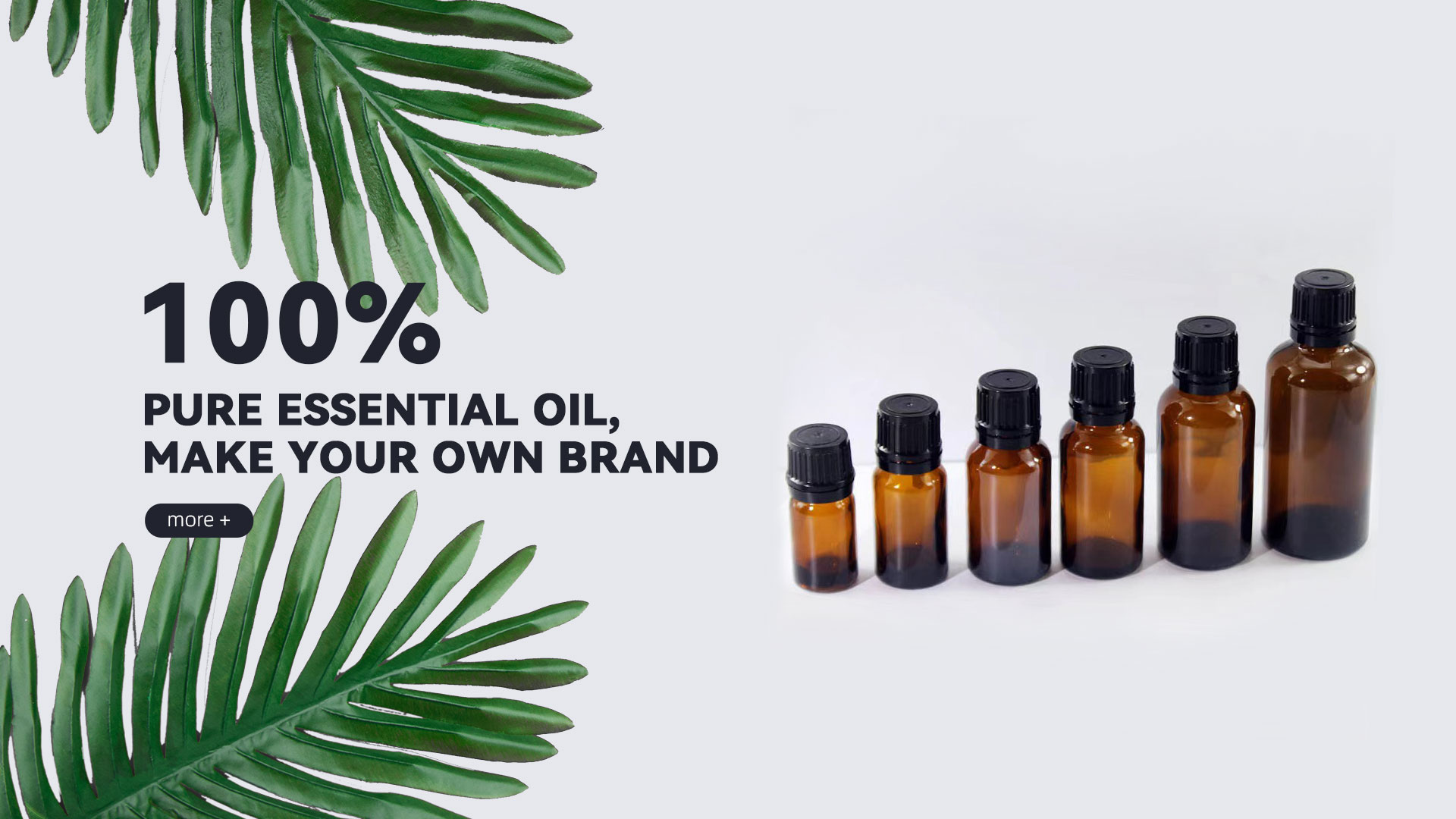Comparing Waterless Diffusers with Water-Based Diffusers
In recent years, the popularity of essential oil diffusers has surged, with many people turning to aromatherapy for its myriad benefits. Among the various types of diffusers available,
waterless diffusers and water-based diffusers stand out as two prominent options. This blog will explore the differences, advantages, and disadvantages of these two types of diffusers,
helping you make an informed choice for your aromatherapy needs.
Understanding the Basics
Water-Based Diffusers
Water-based diffusers, as the name suggests, use water as a medium to disperse essential oils into the air. These devices typically consist of a water reservoir, a fan,
and ultrasonic technology. When the diffuser is activated, it uses ultrasonic vibrations to create a fine mist of water mixed with essential oils, which is then released into the environment.
This method not only humidifies the air but also allows for a more gradual release of the fragrance.
Waterless Diffusers
On the other hand, waterless diffusers do not require water to function. Instead, they utilize a different mechanism, such as heat or cold air atomization,
to disperse essential oils directly into the air. One popular type is the waterless oil nebulizer, which uses a high-velocity air stream to break down the essential oil into tiny particles.
This method ensures that the full therapeutic properties of the oils are preserved, providing a more potent aroma without dilution.
Advantages of Water-Based Diffusers
1. Humidity Addition: One of the primary benefits of water-based diffusers is their ability to add humidity to the air. This can be particularly beneficial in dry environments, helping to alleviate respiratory issues and dry skin.
2. Longer Runtime: Because they mix essential oils with water, water-based diffusers can run for extended periods, often lasting several hours before needing a refill.
3. Ease of Use: Most water-based diffusers are user-friendly, with simple controls for adjusting mist output and timer settings.
4. Aesthetic Appeal: Many water-based diffusers come in attractive designs, making them a stylish addition to home decor.
Advantages of Waterless Diffusers
1. Potency of Aroma: Waterless diffusers, such as the cold air atomizing diffuser waterless, maintain the integrity of essential oils. Without water to dilute the oils, users experience a more intense fragrance, which is often preferred by those seeking stronger aromas.
2. No Water Maintenance: With no water reservoir to clean or refill, waterless diffusers require less maintenance. This makes them a convenient option for busy individuals.
3. Portability: Many waterless diffusers are battery-operated, making them easy to move from room to room or even take on the go. This portability is a significant advantage for those who travel frequently.
4. Versatility: Waterless diffusers can often accommodate a wider range of essential oils, including thicker oils that may not work well in water-based systems.
Disadvantages of Water-Based Diffusers
1. Dilution of Oils: The primary drawback of water-based diffusers is that they dilute essential oils with water. This can diminish the potency of the aroma and reduce the therapeuti benefits.
2. Cleaning Requirements: Water-based diffusers require regular cleaning to prevent mold and bacteria growth in the water reservoir, which can be time-consuming.
3. Limited Oil Types: Some essential oils, particularly thicker ones, may not disperse well in water, limiting the options for users.
Disadvantages of Waterless Diffusers
1. Higher Initial Cost: Waterless diffusers, especially high-quality models like the waterless nebulizer, typically require a higher initial investment compared to basic water-based options.
2. Shorter Runtime: Many waterless diffusers come with built-in batteries for cordless use. If used continuously for long periods, they may deplete power quickly. However,
due to their intermittent misting feature, users don’t need to worry excessively about this.
3. Potential for Overuse of Essential Oils: Waterless diffusers release pure essential oils, which generally results in a higher consumption of oils compared to water-based diffusers.
Key Considerations When Choosing a Diffuser
When deciding between a waterless diffuser and a water-based diffuser, consider the following factors:
1. Purpose: Determine why you want to use a diffuser. If you're looking for a humidifier and a way to enjoy essential oils, a water-based diffuser may be more suitable.
If the primary goal is to experience the full potency of essential oils, a waterless option may be better.
2. Maintenance: Consider how much maintenance you are willing to commit to. If you prefer a low-maintenance option, a waterless diffuser might be the way to go.
3. Portability: If you travel often or want to use your diffuser in multiple locations, a battery-operated waterless diffuser may be more convenient.
4. Budget: Assess your budget. While waterless diffusers can be more expensive, they may offer features that justify the cost.
Conclusion
Both waterless and water-based diffusers have their unique advantages and disadvantages, making them suitable for different preferences and needs.
Water-based diffusers are excellent for those seeking to add humidity to their environment while enjoying a range of essential oils. In contrast,
waterless diffusers offer a more potent aroma and require less maintenance, making them ideal for users who prioritize intensity and convenience. Ultimately,
the choice between a waterless oil nebulizer and a water-based diffuser depends on your specific needs, lifestyle, and preferences. By understanding the key differences
and benefits of each type, you can select the perfect diffuser to enhance your aromatherapy experience and create a soothing atmosphere in your home.

